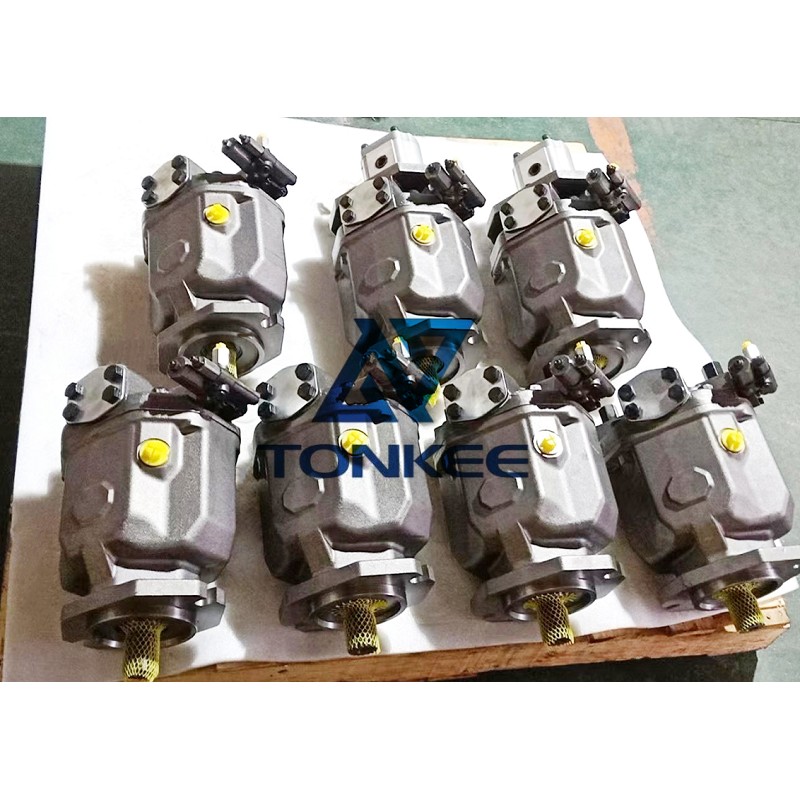
Read the Manufacturer's Guidelines:
Start by familiarizing yourself with the specific maintenance guidelines provided by Rexroth for their hydraulic products.
These guidelines may include recommended maintenance intervals, inspection procedures, and lubrication requirements. Adhering to these guidelines will help you maintain the product as per the manufacturer's recommendations.
Visual Inspection:
Perform a visual inspection of the hydraulic components regularly. Look for signs of leaks, cracks, loose fittings, or any other abnormalities. Ensure that all connections are secure and properly tightened. If you notice any issues, address them promptly to prevent further damage.
Fluid Analysis:
Regularly check the condition of the hydraulic fluid. Monitor its cleanliness, viscosity, and overall quality. If the fluid appears dirty or contaminated, it should be drained and replaced. Also, keep an eye on the fluid level and top it up as needed.
Filter Maintenance:
Filters play a crucial role in maintaining the cleanliness of the hydraulic system. Follow the manufacturer's recommendations for filter replacement intervals and perform timely replacements. Additionally, clean or replace the suction strainer regularly to prevent clogging.
Lubrication:
Proper lubrication is vital for the smooth operation of hydraulic components. Follow the manufacturer's recommendations for lubrication intervals and use the specified lubricants. Apply lubrication to all necessary points, such as bearings, linkages, and moving parts.
Pressure Checks:
Periodically check the system's operating pressure using pressure gauges. Ensure that the pressure is within the recommended range specified by the manufacturer. Deviations from the recommended pressure levels may indicate potential issues that require further investigation.
Seal Inspection:
Inspect the seals and O-rings for signs of wear or damage. Replace any worn-out or damaged seals promptly to prevent leaks and maintain the system's integrity. Proper sealing is crucial for the efficient functioning of hydraulic products.
System Flushing:
If you are introducing a new hydraulic system or replacing major components, it is advisable to perform a system flush.
Flushing helps remove contaminants and debris that may have entered the system during installation or maintenance. Follow the manufacturer's guidelines for the proper flushing procedure.
Training and Documentation:
Ensure that the operators and maintenance personnel receive appropriate training on the maintenance and operation of Rexroth hydraulic products. Keep detailed records of maintenance activities, including dates, tasks performed, and any issues identified. This documentation will help track maintenance history and assist in diagnosing potential problems in the future.
Regular Servicing:
While routine maintenance can address most issues, it is crucial to schedule regular servicing by trained professionals. Periodic servicing allows for a comprehensive inspection of the hydraulic system, identification of potential problems, and proactive measures to prevent breakdowns.




